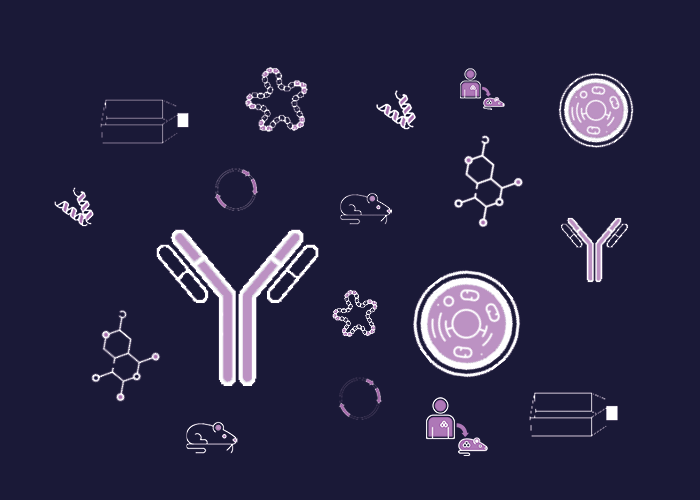
Cat. #156505
Immortalized Fibroblastic Reticular cell line
Cat. #: 156505
Unit size: 1x10^6 cells / vial
Organism: Human
Tissue: Lymph Node
Model: Immortalised Line
£575.00
This fee is applicable only for non-profit organisations. If you are a for-profit organisation or a researcher working on commercially-sponsored academic research, you will need to contact our licensing team for a commercial use license.
Contributor
Inventor: Akira Ono
Institute: University of Michigan
Tool Details
*FOR RESEARCH USE ONLY (for other uses, please contact the licensing team)
- Name: Immortalized Fibroblastic Reticular cell line
- Research fields: Immunology
- Parental cell: Human lymphatic fibroblasts
- Organism: Human
- Tissue: Lymph Node
- Model: Immortalised Line
- Description: Human lymphatic fibroblasts were immortalized by transfecting them with a vector that expresses HPV16 E6 and E7 genes. Primary fibroblastic reticular cells (FRCs) are stromal cells found in secondary lymphoid organs, which are major sites for HIV-1 infection of CD4+ T cells. Using the immortalized FRCs it was shown that FRCs capture HIV-1 particles and facilitate infection of T cells when FRCs contact T cells, increasing HIV-1 spread via trans-infection.
- Production details: Immortalized Human lymphatic fibroblasts were generated by transfection of cells with vector pLXSN16E6E7, which encodes HPV E6 and E7, and subsequent selection in fibroblast growth supplement containing G418. A clone was isolated from G418-resistant cells by limiting dilution and cultured in fibroblast growth supplement without G418.
Handling
- Format: Frozen
- Growth medium: Fibroblast medium 2 (FM-2), ScienCell Catalog #2331
- Temperature: 37°C
- Atmosphere: 5% CO2
- Unit size: 1x10^6 cells / vial
- Shipping conditions: Dry ice
- Subculture routine: Seed cells at 80000/ ml or 16000/cm2. Split every 2-3 days, maintain for up to two months post-revival of frozen cells. Please also see detailed protocol within the Product Datasheet in the Documentation section below.
References
- Murakami et al. 2018. Nat Commun. 22:9(1):2436. PMID: 29934525



